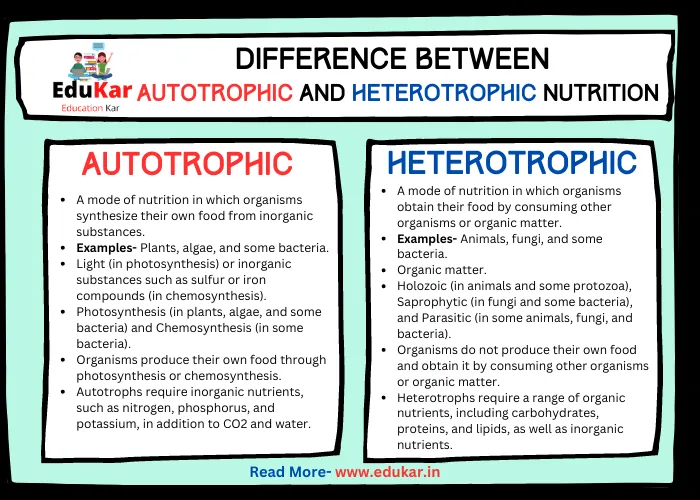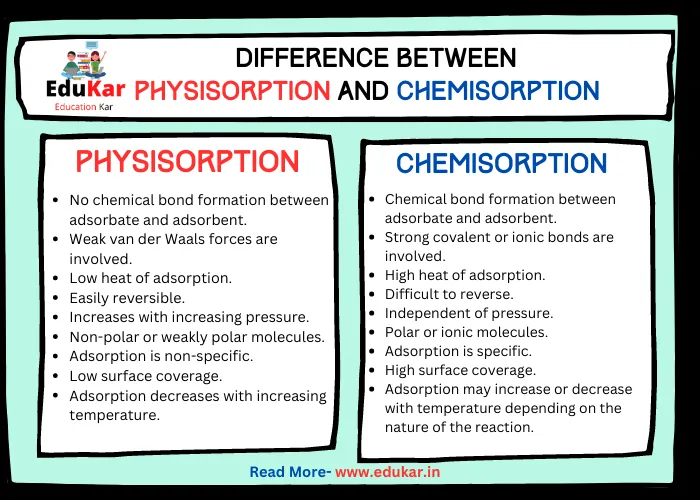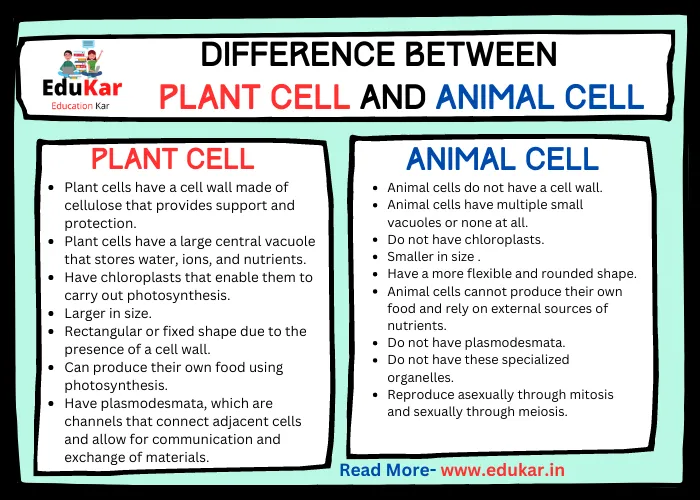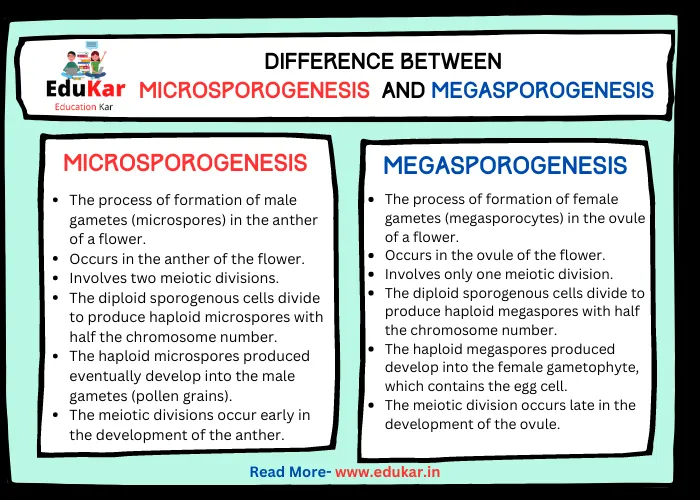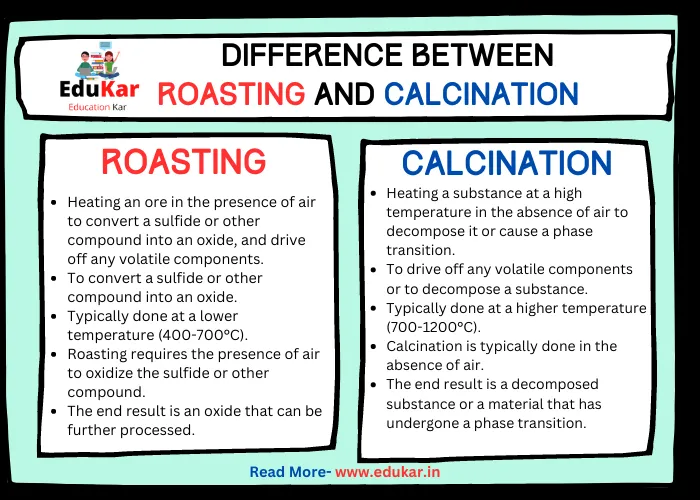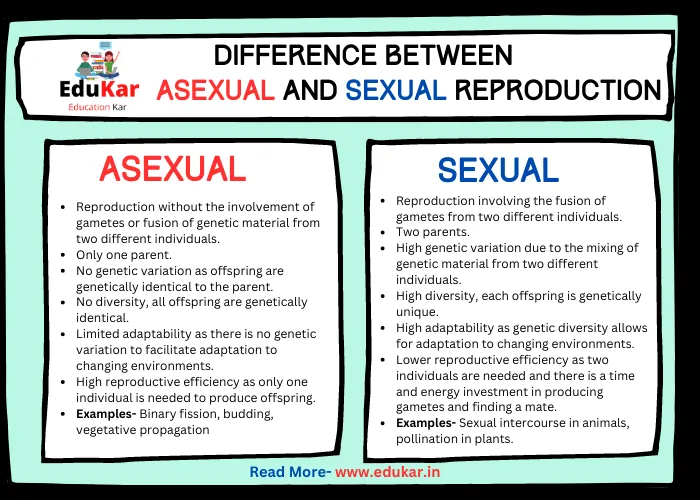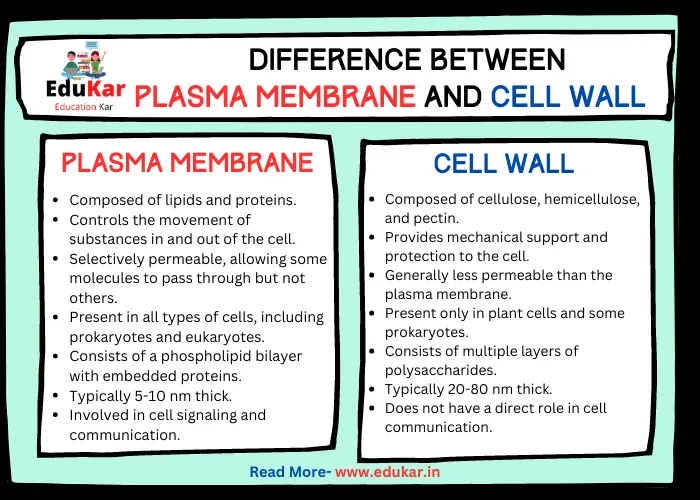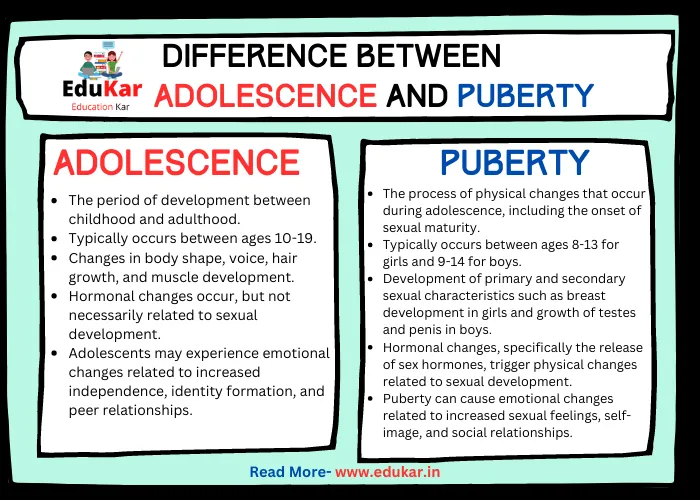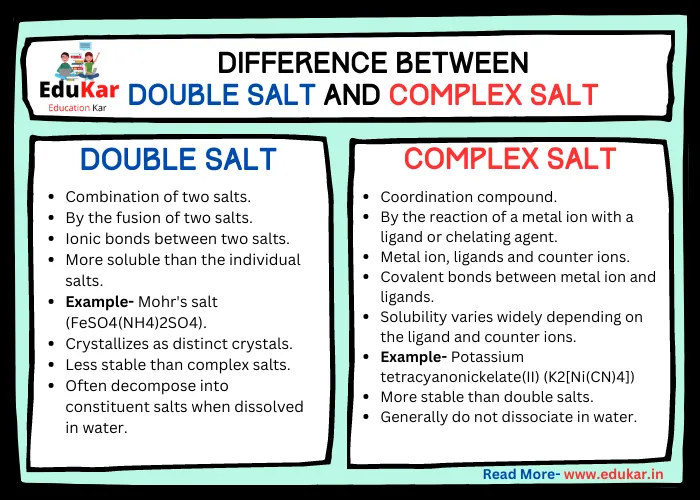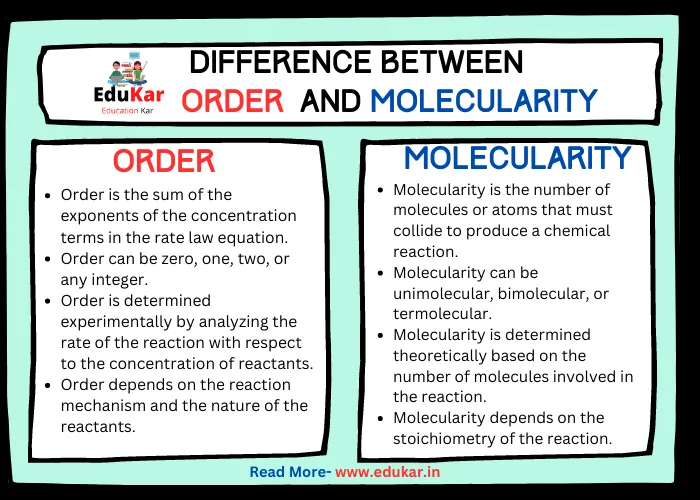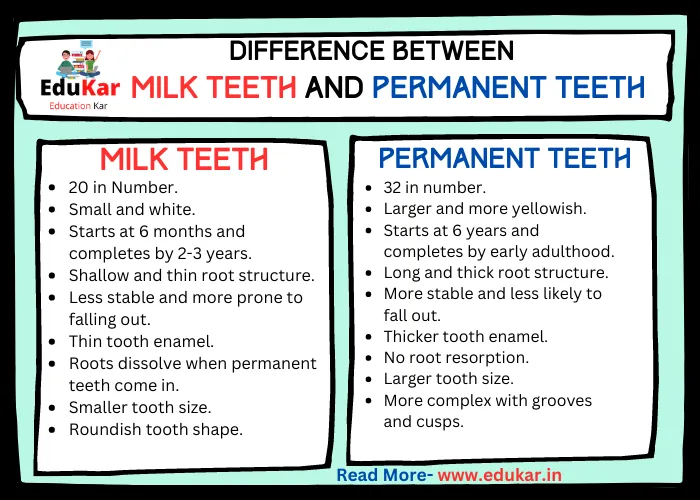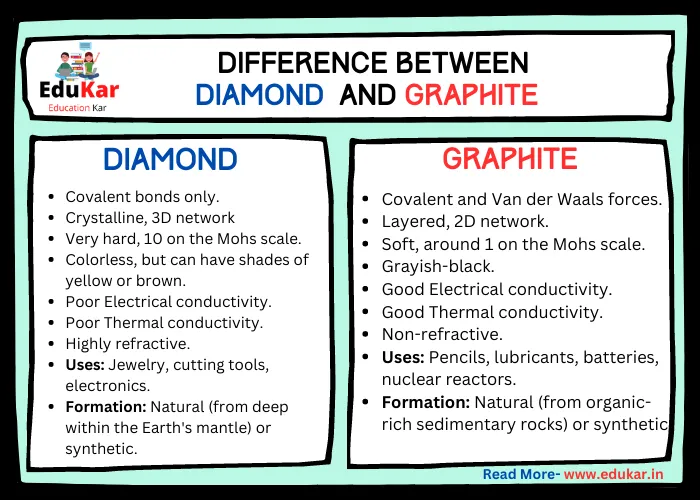Contents
Looking to learn about the difference between respiration and combustion? This article provides a clear and concise explanation of the two processes, highlighting the key distinctions between them. From the role of oxygen to the end products produced, you’ll come away with a deeper understanding of these fundamental biological and chemical processes.
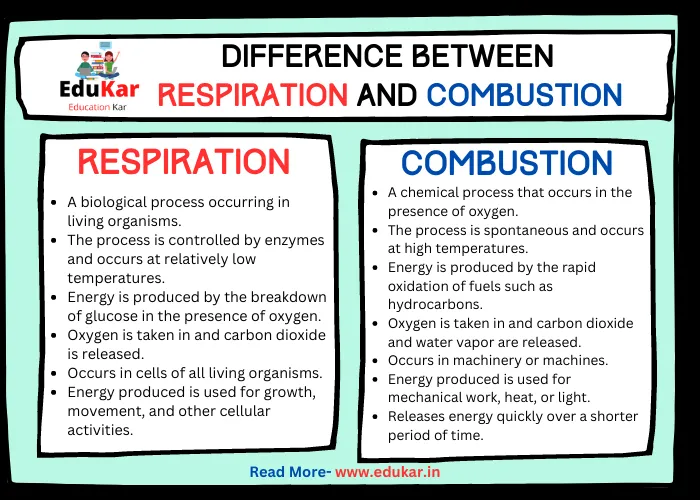
Introduction
Respiration and combustion are two processes that involve the release of energy in living and non-living systems, respectively. While both processes have similarities, they also have differences that make them unique.
What is Respiration?
Respiration is an essential process that occurs in all living organisms. It is the process by which cells use oxygen to break down food molecules and produce energy in the form of ATP (adenosine triphosphate). Without respiration, living organisms cannot survive.
Process of respiration
Respiration is a metabolic process that occurs in living cells, including plants and animals. It is the process by which cells break down food molecules to produce energy in the form of ATP (adenosine triphosphate), which is used to power various cellular processes. The process of respiration involves several steps and can be divided into two main types: aerobic respiration and anaerobic respiration.
Aerobic Respiration
Aerobic respiration is the most common form of respiration and occurs in the presence of oxygen. It is the most efficient way of producing energy and occurs in the mitochondria of cells. The process of aerobic respiration can be divided into three stages: glycolysis, the Krebs cycle, and the electron transport chain.
1. Glycolysis: The first stage of aerobic respiration is glycolysis, which takes place in the cytoplasm of cells. In glycolysis, glucose, a six-carbon sugar, is broken down into two molecules of pyruvate, a three-carbon compound. This process also produces two molecules of ATP and two molecules of NADH (nicotinamide adenine dinucleotide).
2. Krebs Cycle: The Krebs cycle, also known as the citric acid cycle, takes place in the mitochondria of cells. In this stage, pyruvate is broken down into carbon dioxide and water, producing NADH, ATP, and FADH2 (flavin adenine dinucleotide).
3. Electron Transport Chain: The electron transport chain takes place in the inner membrane of the mitochondria. In this stage, the NADH and FADH2 produced in the previous stages are used to produce a large amount of ATP. Electrons are passed along a series of proteins, releasing energy that is used to pump protons across the membrane. This creates a proton gradient, which drives the production of ATP by the enzyme ATP synthase.
Anaerobic Respiration
Anaerobic respiration occurs in the absence of oxygen and is less efficient than aerobic respiration. There are two main types of anaerobic respiration: lactic acid fermentation and alcoholic fermentation.
1. Lactic Acid Fermentation: Lactic acid fermentation occurs in some bacteria and in muscle cells when there is not enough oxygen available. In this process, pyruvate is converted into lactic acid, which can accumulate in muscle tissue and cause muscle fatigue.
2. Alcoholic Fermentation: Alcoholic fermentation occurs in yeast and some bacteria. In this process, pyruvate is converted into ethanol and carbon dioxide.
Types of respiration
1. Aerobic respiration: This process occurs in the presence of oxygen and is the most efficient method of producing energy. It involves the breakdown of glucose to produce ATP, carbon dioxide, and water.
2. Anaerobic respiration: This process occurs in the absence of oxygen and is less efficient than aerobic respiration. It involves the breakdown of glucose to produce ATP and either lactic acid or ethanol.
What is Combustion?
Combustion, on the other hand, is the process by which fuels are oxidized to release energy in the form of heat and light. Combustion is important because it is the primary method by which we generate energy from fossil fuels.
Process of Combustion
Combustion is a chemical reaction that occurs when a substance reacts with oxygen, releasing energy in the form of heat and light. Combustion can occur in many different types of substances, including fuels such as wood, gasoline, and natural gas, as well as in biological processes such as digestion.
The process of combustion can be broken down into three main stages: initiation, propagation, and termination.
1. Initiation: The first stage of combustion is initiation. In this stage, a small amount of energy, such as a spark or a flame, is introduced to the fuel and an oxygen source. This energy triggers a chemical reaction that breaks down the fuel into smaller molecules, releasing heat and light.
2. Propagation: The second stage of combustion is propagation. In this stage, the energy released by the initial reaction triggers a chain reaction, which propagates through the fuel and oxygen source. During this stage, free radicals, which are highly reactive molecules with unpaired electrons, are formed. These free radicals react with oxygen molecules, releasing even more heat and light, and creating more free radicals to continue the chain reaction.
3. Termination: The final stage of combustion is termination. In this stage, the fuel and oxygen source are consumed, and the reaction slows down and eventually stops. This stage is characterized by the presence of soot and other byproducts of the combustion process, which are formed as a result of incomplete combustion.
Combustion can be divided into two main types: complete combustion and incomplete combustion.
1. Complete Combustion: Complete combustion occurs when there is enough oxygen present to completely oxidize the fuel. This process produces carbon dioxide and water as the main byproducts, and is the most efficient way of producing heat and energy.
2. Incomplete Combustion: Incomplete combustion occurs when there is not enough oxygen present to completely oxidize the fuel. This process produces carbon monoxide and other harmful byproducts, and is less efficient than complete combustion. Incomplete combustion can occur in a number of different situations, including when there is a lack of oxygen, when the fuel is burned at low temperatures, or when there is a lack of mixing between the fuel and oxygen.
Differences Between Respiration and Combustion
| Respiration | Combustion |
|---|---|
| A biological process occurring in living organisms | A chemical process that occurs in the presence of oxygen |
| The process is controlled by enzymes and occurs at relatively low temperatures | The process is spontaneous and occurs at high temperatures |
| Energy is produced by the breakdown of glucose in the presence of oxygen | Energy is produced by the rapid oxidation of fuels such as hydrocarbons |
| Oxygen is taken in and carbon dioxide is released | Oxygen is taken in and carbon dioxide and water vapor are released |
| Occurs in cells of all living organisms | Occurs in machinery or machines |
| Energy produced is used for growth, movement, and other cellular activities | Energy produced is used for mechanical work, heat, or light |
| Releases energy slowly over a longer period of time | Releases energy quickly over a shorter period of time |
| Occurs in several stages, including glycolysis, the Krebs cycle, and electron transport chain | Occurs in one step |
| Can occur with or without the presence of oxygen | Requires the presence of oxygen |
| The waste product, carbon dioxide, is utilized by plants during photosynthesis | The waste product, carbon dioxide, contributes to air pollution and climate change |
Summary
While respiration and combustion share some similarities, such as the production of energy through the breaking down of molecules, there are fundamental differences between the two processes.
Respiration is a biological process that occurs in living organisms and involves the use of oxygen to break down glucose into energy and carbon dioxide. Combustion is a chemical process that occurs when a fuel reacts with oxygen to produce heat and light, as well as carbon dioxide and other byproducts.
Understanding the differences between respiration and combustion can help us appreciate the unique roles that each process plays in sustaining life and powering our modern world.
FAQs
What is respiration?
Respiration is the process by which living organisms convert food into energy. It is a biological process that occurs within cells, and involves the breakdown of food molecules into simpler forms such as glucose, which are then used to generate energy in the form of ATP (adenosine triphosphate).
What is combustion?
Combustion is a chemical process that occurs when a substance reacts with oxygen to produce heat and light. It is a non-biological process that typically occurs outside of living organisms.
What is the main difference between respiration and combustion?
The main difference between respiration and combustion is that respiration is a biological process that occurs within living organisms, while combustion is a non-biological process that typically occurs outside of living organisms.
How are respiration and combustion similar?
Respiration and combustion are similar in that they both involve the breakdown of organic molecules to release energy. Both processes involve the reaction of organic compounds with oxygen to produce carbon dioxide and water.
What is the role of oxygen in respiration and combustion?
Oxygen is an essential component of both respiration and combustion. In respiration, oxygen is used to break down organic molecules and produce ATP, which is the primary source of energy for living organisms. In combustion, oxygen is required to initiate the chemical reaction that produces heat and light.
Can respiration be considered a type of combustion?
No, respiration cannot be considered a type of combustion because combustion is a non-biological process that typically occurs outside of living organisms, while respiration is a biological process that occurs within living organisms.

